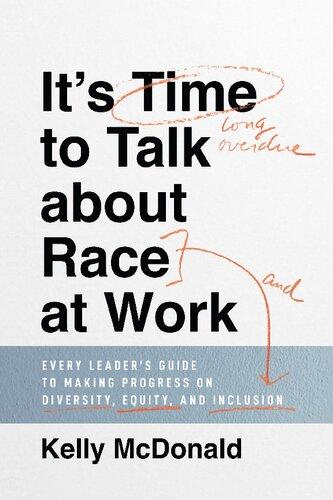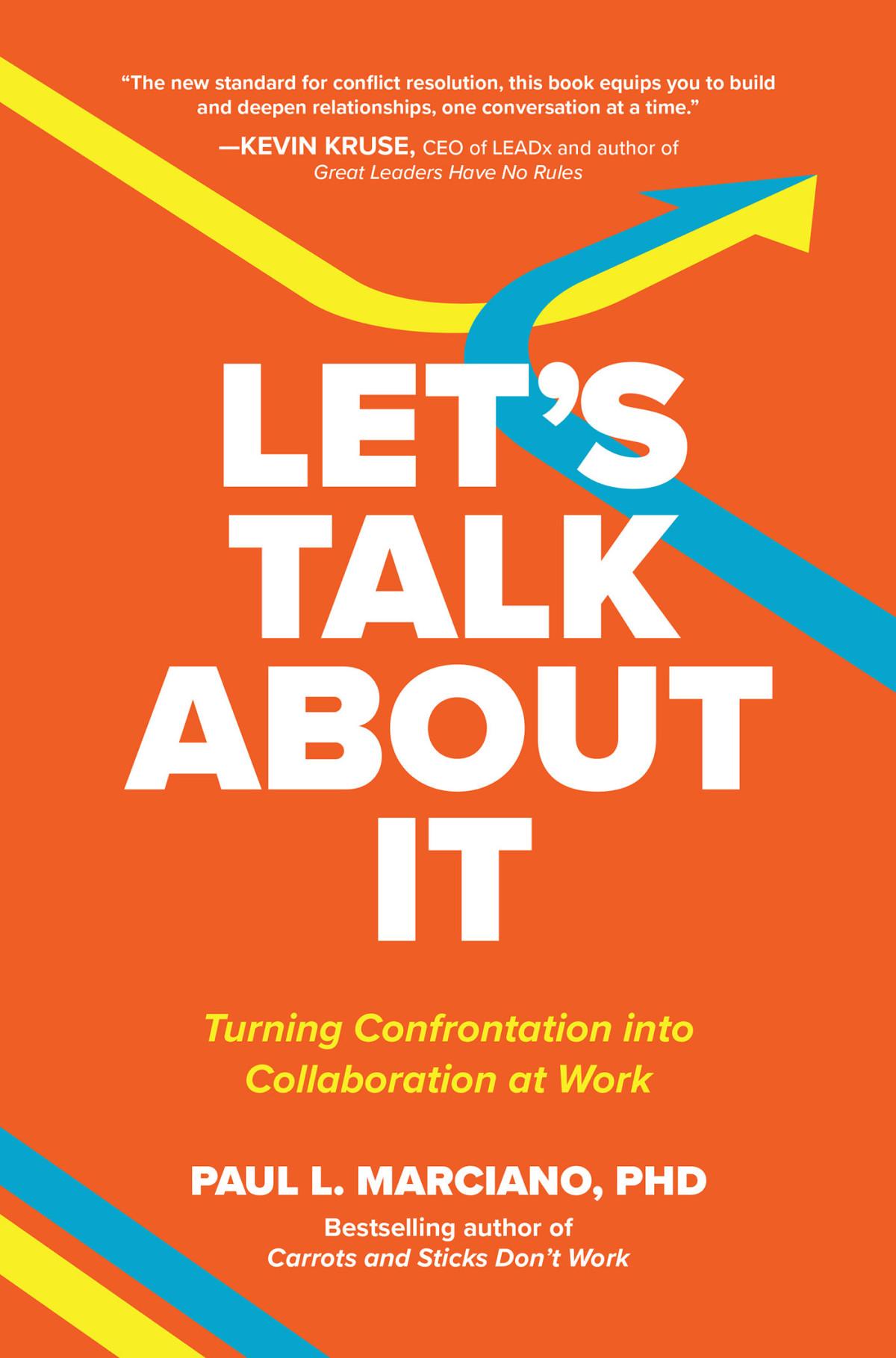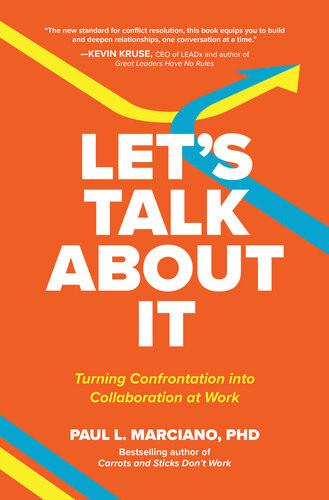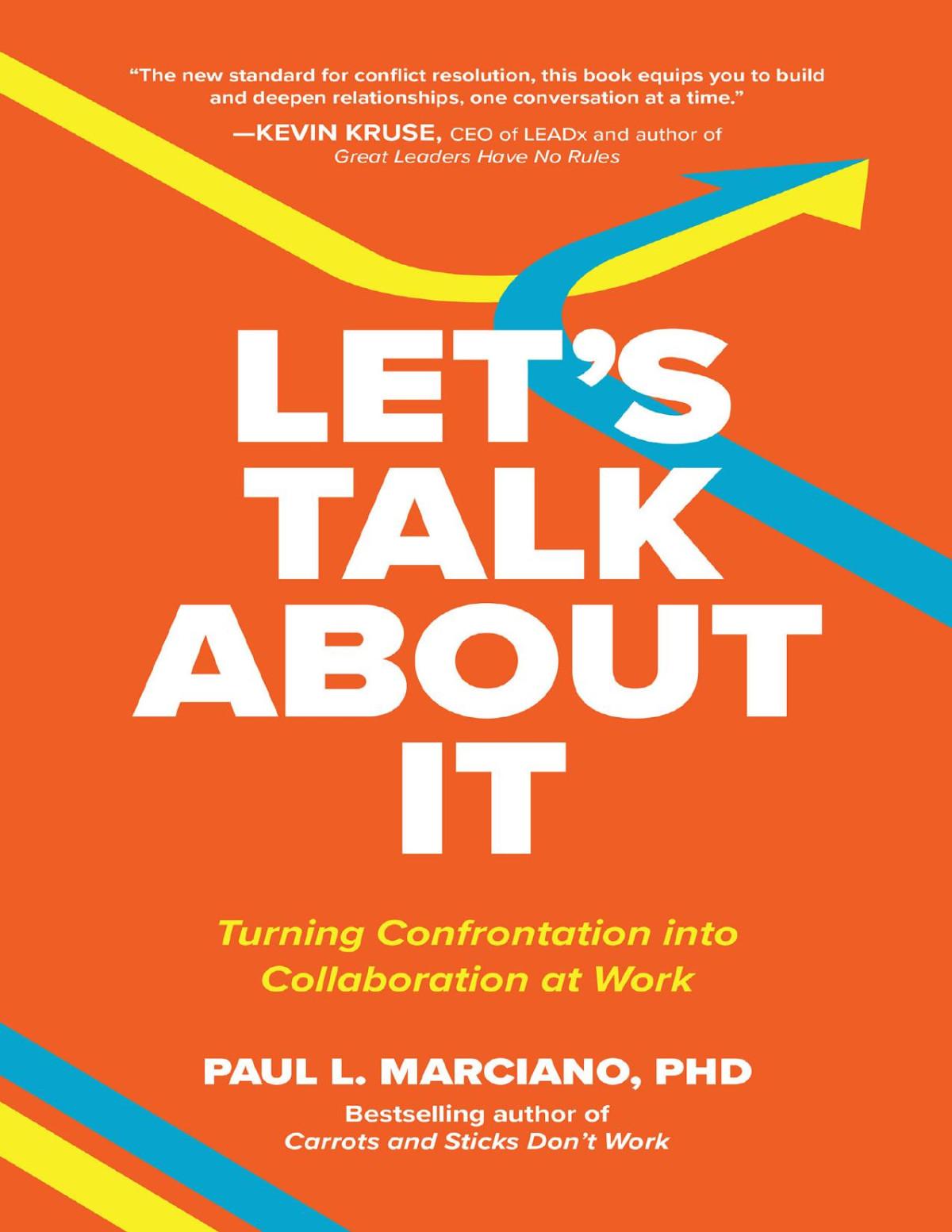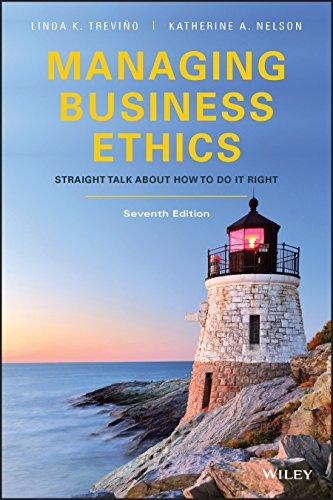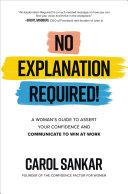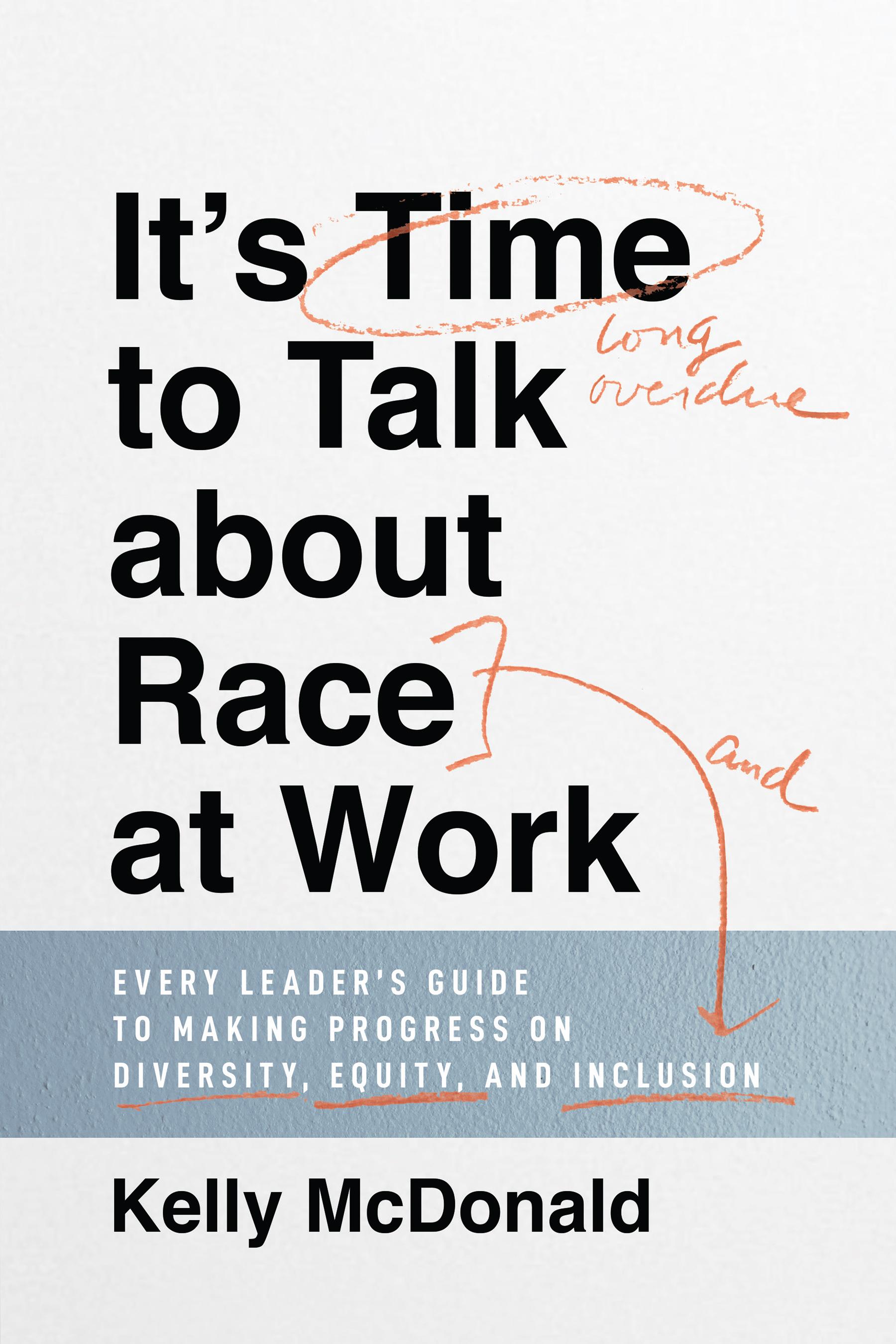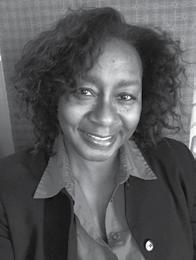WORK
KELLY McDONALD
Copyright © 2021 by John Wiley & Sons, Inc. All rights reserved.
Published by John Wiley & Sons, Inc., Hoboken, New Jersey.
Published simultaneously in Canada.
No part of this publication may be reproduced, stored in a retrieval system, or transmitted in any form or by any means, electronic, mechanical, photocopying, recording, scanning, or otherwise, except as permitted under Section 107 or 108 of the 1976 United States Copyright Act, without either the prior written permission of the Publisher, or authorization through payment of the appropriate per-copy fee to the Copyright Clearance Center, Inc., 222 Rosewood Drive, Danvers, MA 01923, (978) 750-8400, fax (978) 646-8600, or on the Web at www.copyright.com. Requests to the Publisher for permission should be addressed to the Permissions Department, John Wiley & Sons, Inc., 111 River Street, Hoboken, NJ 07030, (201) 748-6011, fax (201) 748-6008, or online at http://www.wiley.com/go/permissions.
Limit of Liability/Disclaimer of Warranty: While the publisher and author have used their best efforts in preparing this book, they make no representations or warranties with respect to the accuracy or completeness of the contents of this book and specifically disclaim any implied warranties of merchantability or fitness for a particular purpose. No warranty may be created or extended by sales representatives or written sales materials. The advice and strategies contained herein may not be suitable for your situation. You should consult with a professional where appropriate. Neither the publisher nor author shall be liable for any loss of profit or any other commercial damages, including but not limited to special, incidental, consequential, or other damages.
For general information on our other products and services or for technical support, please contact our Customer Care Department within the United States at (800) 762-2974, outside the United States at (317) 572-3993 or fax (317) 572-4002.
Wiley publishes in a variety of print and electronic formats and by print-on-demand. Some material included with standard print versions of this book may not be included in e-books or in print-on-demand. If this book refers to media such as a CD or DVD that is not included in the version you purchased, you may download this material at http://booksupport.wiley.com. For more information about Wiley products, visit www.wiley.com.
Library of Congress Cataloging-in-Publication Data:
Names: McDonald, Kelly, 1961- author. | John Wiley & Sons, publisher.
Title: It’s time to talk about race at work : every leader’s guide to making progress on diversity, equity, and inclusion / Kelly McDonald.
Description: Hoboken, New Jersey : Wiley, [2021] | Includes index.
Identifiers: LCCN 2021008528 (print) | LCCN 2021008529 (ebook) | ISBN 9781119790877 (cloth) | ISBN 9781119790884 (adobe pdf) | ISBN 9781119790891 (epub)
Subjects: LCSH: Diversity in the workplace.
Classification: LCC HF5549.5.M5 M426 2021 (print) | LCC HF5549.5.M5 (ebook) | DDC 658.3008–dc23
LC record available at https://lccn.loc.gov/2021008528
LC ebook record available at https://lccn.loc.gov/2021008529
Cover image: Getty Images | W RPHT WPHAKDI PHECHR / EYEEM
Cover design: Paul McCarthy
Printed in the United States of America
To Liliana Ramírez, for all the brilliant insights from your brilliant mind. To JB, for hanging in there with me on this. Again. And to George.
Do the best you can until you know better. Then when you know better, do better.
—Maya Angelou
Contents
Acknowledgments xvii
Special Acknowledgments xxi
PART I If You’re Not Racist, What’s the Problem? The Biggest Mistakes People (and Businesses) Make 1
Chapter 1 This Book Is for Everyone, but Especially White Readers 3
• Most White people would rather not talk about race
• Who this book is for (I’m betting you fall into one of these categories)
• What this book is—and isn’t (Hint: It’s not a book about activism or social injustice)
Chapter 2 You’re Not Racist, but You Have Blind Spots 13
• Bias can lead to blind spots
• Don’t be defensive: we all have bias—even babies have bias
• The weird things we do to justify our business decisions
Chapter 3 The High Cost of Bias: Why All-White or Mostly White Businesses Make Less Money 21
• How one of the biggest (and almost all-White) industries lost customers and revenue—and how they fixed the problem
• Signs that your business may be missing out on opportunities
Chapter 4 The Business Case for Diversity 29
• Discover diversity’s “secret sauce”—the one monumental ingredient that makes diversity rock
• And what happens when that ingredient is missing
Chapter 5 The Excuses People Use to Avoid Doing Anything about Diversity 37
• “We can’t find any qualified diverse candidates”
• “We hire for quality, not for color”
• “It would be unfair to a more qualified candidate”
• “We already know a very good candidate in our network”
• “We hired/promoted a diverse person once and they failed”
• “Our customers won’t be comfortable with a diverse person”
• “Our competitors aren’t diverse either, so it’s not a problem”
• “We looked into diversity—it’s too expensive to implement”
Chapter 6 Well-Intentioned Things White People Say That Are Hurtful or Offensive to Others 45
• “I don’t see color/I don’t care what color you are”
• “I treat everyone the same”
• “I’m not racist or biased”
• Three better ways to express that you value diversity and aren’t racist
Chapter 7 Why Your Diversity, Equity, and Inclusion Efforts Haven’t Done the Job 51
• Five big reasons
• At work, the subject of racism has been taboo
• Specific ways to start conversations about race with colleagues
Ŋ In one-on-one conversations
Ŋ In a meeting
• Corporate America gets real and acknowledges failures
• Why we have to stop singing “We Are the World”—and be brave enough to use the word racism
PART II How to Talk about Race at Work 63
Chapter 8 How to Talk about Race in Helpful and Positive Ways: Do’s and Don’ts 65
• EEK! Why is this so hard?
• Sincerity matters
• Don’t apologize for being White, but acknowledge that people of color are often treated differently than Whites in our society
• Start small: six ways to start the conversation on the right foot
• What to say, what NOT to say—and why
• How to handle friction or conflict in constructive ways
• How to recover when you’ve blown it unintentionally
Chapter 9 Answers to Tough Employee Questions and Racist Remarks 77
• “Shouldn’t we just hire the most qualified person?”
• “All this talk about race—we’re all one race, the human race!”
• “I came from nothing and pulled myself up by my bootstraps. No one helped me. Why do we need to do something special for minorities?”
• What to do if an employee makes a racist statement online
Chapter 10 Where to Start When You Don’t Know Where to Start: Eight Steps to Making Progress on DE&I 87
• Everything you feel comfortable doing is something you had to learn—you can learn how to do this, too
• The STARTING Method: Sincerity, Transparency, Acknowledgment, Respect, Tools, Investment, Nurturing Talent, Goals
PART III Making Diversity, Equity, and Inclusion Real 107
Chapter 11 How to Build Business Relationships with People Different Than You 109
• A brewery serves “diversity on tap”—and makes its mark in a non-diverse community
• What if I don’t know any people of color?
• Truth breeds trust—be upfront and honest about your diversity issues and goals
• Show up and help first before you ask for help
• Personal contact, interaction, and conversations bring about more behavior and attitude change than training
Chapter 12 What to Do If You See or Hear Casual Racism or Sexism at Work 117
• Doing nothing creates one of two kinds of guilt
Ŋ Personal guilt
Ŋ Collective guilt—this one is worse
• The bystander effect
• Five effective tactics to use, whether you’re the target or a bystander
Chapter 13 Recruiting and Interviewing Diverse Candidates 127
• Eliminate inherent bias
Ŋ Stop “picturing” your ideal candidate
Ŋ Rewrite your job descriptions to remove bias
• Do’s and don’ts for writing more inclusive job descriptions
• How to find diverse talent—six effective no-cost/ low-cost tactics
• How to interview diverse candidates—six best practices
Chapter 14 Mentoring, Networking, and Checking In: Three Big Ways You Can Help Your Diverse Employees Succeed 137
• It’s not coddling—it’s your job
• Their success is your success
• Your support is not favoritism: four reasons why it’s fair
• Your advocacy can be a game-changer
PART IV Lead Your Colleagues, Customers, Partners, and Employees 147
Chapter 15 The Leader’s Role: Guiding and Setting the Example 149
• If you are a White male in a leadership role, you can have a greater impact than anyone
Ŋ Your views on diversity are seen as “neutral” and credible (not so for women and minorities)
Ŋ Here’s your chance to make a real difference
• Lead by example—walk the talk
Ŋ It starts with naming the elephant in the room—if you can’t do it, who can?
Ŋ Foster safe discussion of touchy issues by modeling how to address them head-on
Ŋ What to say and do when horrific and racist things happen in the world—eight do’s and don’ts
Chapter 16 Reducing Tokenism and Bias: Give Your Diverse Employees and Suppliers a Genuine Seat at the Table 159
• Five do’s and don’ts for avoiding tokenism in hiring
• Two key steps to avoid tokenism in professional development and promotions
Chapter 17 Dealing with Naysayers and Derailers 167
• Three ways to deal with naysayers
• The different types of derailers and their motivations
• You can change the people—or “change the people”
Chapter 18 You’re Not Finished. Keep Trying. Keep Evolving. 175
• Worst thing you can do: “launch and abandon”
• Do’s & don’ts for maintaining traction
Ŋ Assess progress/address problems
Ŋ Don’t be afraid to refine it along the way
Ŋ Expect to educate/and repeat/and repeat
Ŋ Keep your ear to the ground/listen to the hallway chatter
Ŋ Celebrate success
Ŋ Set new goals and strategies to strengthen ongoing efforts
Appendix
Helpful Terms and Resources 181
Helpful Terms
• BIPOC
• DE&I
• Definitions of Diversity, Equity, and Inclusion
• LGBTQ+
• POC
• Structural Racism
• Systemic Racism
• White Privilege
Index 187
Helpful Resources
• Best Job Boards for Diversity and Inclusion
• Energetic Awakenings
• Harvard Business Review’s 10 Must-Reads on Diversity
• LinkedIn’s Diversity Recruiting Guide
Acknowledgments
I started writing this book in September 2020 and finished it in early January 2021. It was a dark time to take on this subject: Life and business were disrupted immeasurably due to the COVID-19 pandemic. Nationwide unrest, protests, riots, and violence seemed a part of daily life.
I am an optimist at heart—not in a rainbows and unicorns unrealistic way, but I do believe in hope. As the grind of the pandemic and faltering economy wore on, I found my nerves frayed and saw the same in others. I needed an anchor, a way of staying focused on knowing what I can control and what I can’t, and a way of remaining hopeful when hope seemed like more of a concept than an actual feeling. I decided to anchor myself to the word resilience. Every day, I see resilient people, moving forward against difficult odds, facing their fears and obstacles, overcoming setbacks, and extending generosity to others. It’s easy to be generous when times are good. What is deeply moving to me is seeing generosity when times are challenging.
Everyone had their own struggles, their own problems, and their own burdens in 2020, yet so many people helped me with this book. I needed their help.
I am a White woman, and I was writing a book about race and how to talk about it at work. I don’t have the personal experiences and insights that people of color and other minority groups have. I needed different perspectives to illustrate a complete picture of the challenges of talking about race at work. In the beginning of this book project, I told a few people in my circle what I was doing and why. Their responses were immediate, generous, and, for some, very time intensive. From “I know someone you should talk to” or “I have an example you might be able to use” to simply “What can I do to help?” their eagerness to assist and their contributions blew me away. They contributed stories, insights, and experiences because they believe what I believe: We grow stronger when we confront our problems rather than ignore them. If we talk about our problems, we can solve them or, at a minimum, make inroads on solutions. And when we work with people who are not like us, we become smarter—and better. I believe this with all my heart, and I am inspired that so many others feel the same.
There is no way I will ever be able to fully express my gratitude to all those in my life and in my orbit who helped in ways big and small, but I’ll try my best:
To Richard Narramore, my editor, for keenly understanding what business book readers need—and why. For fostering the conversations that most people don’t want to have and don’t know how to approach. I’m thankful for your steady hand on the rudder when I veered off course. And for all the hours on the phone with me and the countless emails on New Year’s Eve day to help me finish the manuscript on time. I say this with every new book, but I mean it more each time: I am grateful that out of all the editors in the world, you’re mine.
To Deborah Schindlar, Victoria Anllo, Angela Morrison, and the entire team at Wiley, for developing and creating great books that help move business forward. Thank you for supporting me and sharing my conviction that diversity is a powerful business tool.
To Pam Atherton, for sending relevant content and contacts my way before I ever even asked. For the texts and calls and gifs and
memes that kept me going. For your thoughtful commentary on subjects important—and mundane. Sometimes, the mundane ones are the best ones.
To Cliff Bohaker, for always making the effort to stay in touch with calls, videos, texts, and visits. I am not sure which of those are the most ridiculous—keep ’em coming! I love you and our adventures.
To Carrie Bratcher: You and I were emailing about work stuff when I got the call with the approval for this book. You were the first person I told about it, and thirty minutes later, you sent me content that you thought might be helpful. Yep. You’re amazing.
To Jess and Rich Fierro, for taking the time to share their vision and story with me. You truly “walk the talk” and set an inspiring example of how business is better when diversity is on tap.
To Tamara Ghandour, for being the break I needed, whenever I needed it. Thank you for the laughs, the insights, the never-ending fun, the juicy stories about everything under the sun, the shared Reese’s, Bang drinks, and peanut crack. You’re wicked smart and wicked funny and you charge my battery every time we get together.
To Chris Heim at AbeTech, for being terrific to work with and an inspiration every day. I love the way your mind works and your devotion to servant leadership. The world needs more people like you.
To Quiana Hughes, for your time, your insights, your stories, and your experiences. Your input helped shape this book and got me out of the gate. I’m game for dinner again anytime—I adore you.
To Kiki: You made sheltering at home in 2020 bearable. Thanks for watching trashy TV with me in the evenings when I needed to unwind.
To Jenny Krummenacher and the entire diversity team at Zebra Technologies, for “walking the walk” on diversity, equity, and inclusion and allowing me to be a Zebra too. And to Nena Petrunic Brichetto, Galy Navarro, Caroline Zepeda, Helle Terp Kidbane, and Julia Roberts: You are the BEST. And so, so fun.
To Jennifer Martin, the first to call me when my mom passed away. I’ll never forget your voicemail message of simply, “Kelly, I got you.” Thank you for always being there for me, no matter how much time has passed between our talks. And to Joe Martin and Jake Martin, my “other family members”: I love you.
To my siblings, Randi and Mike, for the meaningful reconnection and support and gift of real family.
To Randy Pierce, my friend and my coach, for teaching me so much more than boxing. I cherish our conversations, your insights, and your humor. You have the ability to make me laugh harder than I thought I could, and you’ve changed my life in more ways than you’ll ever know.
To Kenja Purkey, for getting this topic and getting me in general. For taking my calls whenever. For never, ever losing your sense of humor, even when you’re juggling more than anyone else I know. #RighteousKenja
To Bill Sandberg: You’re a great boxing partner and friend and I’ll spar with you anytime. Glove up and I’ll see you in the ring!
To Sally Shoquist, for the laughs and rants—and then more laughs. I feel better after every call with you and after every one of your amazing salads. Looking forward to sitting on your deck with you on more sunny afternoons.
To Robert Swafford: Without you, I wouldn’t have the circle of friends I have. Thanks for always being there for me and for being the head of the octopus in our group.
To Lynne Swihart: Your friendship, snark, and wit are the gas in my tank. Here’s to the next decade of our close friendship and escapades.
To my clients, who became my friends. You have cheered me on, encouraged me and you’re the reason I do what I do. Special shoutouts to Joe Aldez, Ron Arrigo, Steven Braybrook, Susan Freibrun and the entire staff of MHEDA, Erika Goode, Cris Hay-Merchant, Jeff Hurt, Bill Lewis, Lynne Marchese, Kathleen Overlin, Liz Richards, Vince Rodriguez, Chuck Rusch, Bill Rutherford, Team Zebra, Brett Vanderkolk, Liz Walz, Lola Woloch, and Terry Young.
And to every reader of this book: You know why this topic matters and why it matters now. I may never know you, but I know your intentions. You make a difference. Thank you.
